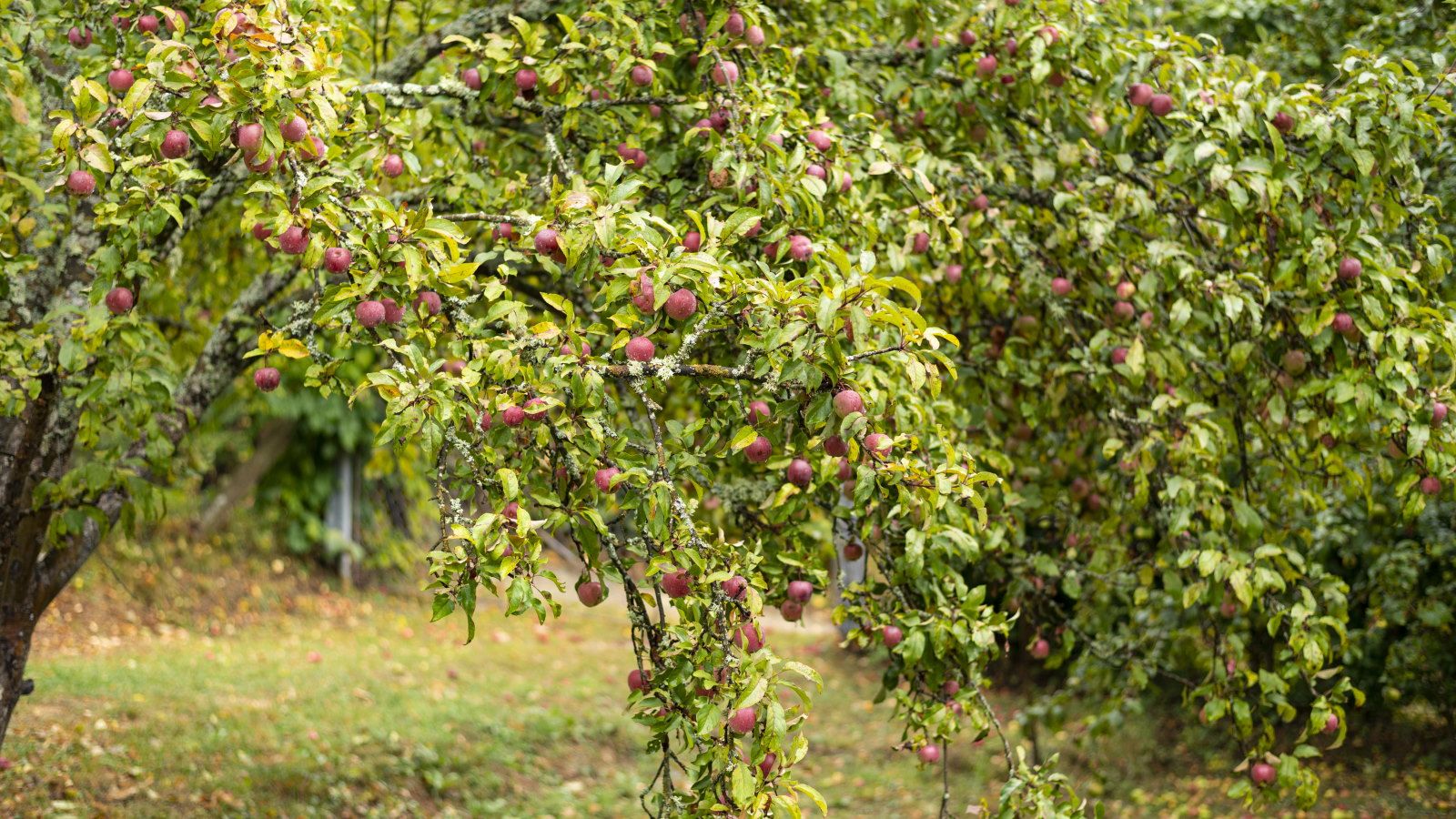Jack Frost will be here soon as the days become shorter and the night become colder. We know that his icy breath will affect our plants and shrubbery. It is vital to protect your plants against the cold weather, whether you have a balcony garden or a large lawn. You can take a few simple steps to make sure your plants and flowers thrive and remain healthy despite the cold temperatures.
This blog post will discuss the best ways to keep your plants safe from Jack Frost. These tips, from insulating soil to using a cover for your garden, will keep your plants healthy and safe all season long! Grab your gardening gloves and let’s start!
The right plant covers
Selecting the right covers is crucial to protecting your plants against Jack Frost’s icy grip. Assessing the specific needs of each plant is the first step. Some plants will need more protection depending on how hardy they are and their vulnerability to frost. Consider using frost blankets or burlap for delicate plants. These provide insulation and allow air to circulate.
You may need to use stakes and plastic clear to create a greenhouse for larger plants or shrubs. During the day, remove the covers to let the sunlight reach your plants. With the right covers, you can protect your plants and keep them thriving during the cold seasons.
Creating insulation around your plants
After you’ve chosen the best plant covers, it’s now time to insulate them to keep warm and protect them from the cold. Mulch is a simple way to achieve this. By adding a layer organic mulch to the soil around your plants, you can insulate it and keep the roots warm. Mulch can be made from materials like straw, woodchips, or shredded leaf.
Consider using frost cloths or blankets as a barrier for more delicate plants. These materials create a microclimate and trap heat, protecting your plants from freezing temperatures. You can protect your plants from Jack Frost’s worst by creating insulation around them.
Use mulch to protect the roots of plants
Mulch is an excellent way to protect your plants’ roots during the winter months. By adding a layer organic mulch to the base of your plants, you create a barrier that is cosy and insulates soil. It keeps the roots warm, and protects them from freezing temperatures. Mulch can be made from materials such as wood chips, straw or shredded leaves. Mulch is not only an insulation material, it helps retain moisture, which keeps your plants hydrated in winter. Don’t forget to give your roots the protection that they need by mulching!
Watering to combat frost
It is vital that your plants are adequately hydrated in freezing temperatures. Although it may be tempting to limit watering in the winter, plants need water for their health. It’s vital to change your watering method to avoid frost. Watering your plants early in the morning, when temperatures are higher, is an effective way to combat frost. The water can be absorbed into the plant before freezing temperatures arrive at night.
Avoid overwatering as well, since excess moisture can damage roots and cause them to freeze. These watering techniques will help you to keep your plants hydrated and protect them from the cold.
Keep pests off plants in cold weather
Pests can cause havoc to your plants during the winter months. To keep them away, you can use a few simple strategies. Clean up all leaves and debris that may be around your plants. These can serve as a shelter for pests. Use natural pest repellents like neem or garlic spray.
They can be used to repel insects without damaging your plants or the surrounding environment.
Be vigilant, and inspect your plants regularly for pests. Keep pests away to ensure your plants remain healthy and strong during the winter season.
Monitor your plants in freezing temperatures
It is crucial to keep an eye on your plants as winter approaches. It is vital to monitor your plants in freezing temperatures. Look for signs of frost injury, such as wilting leaves or browning. Take immediate action if you see any problems. Snow or ice that has accumulated on branches or leaves should be removed, as their weight could cause damage.
Check that the covers you have placed are secure and offer adequate protection. You can ensure that your plants remain healthy and vibrant throughout the winter by closely monitoring them during freezing temperatures.
Prepare your plants for spring by preparing them now
It’s time to prepare your plants for the new season as the winter season is ending and the spring season begins. Remove any insulation or coverings used to protect plants in the winter. It will give them the sunlight and air they need to grow. It’s also a great time to clean your garden, removing any dead or damaged plants.
Consider investing in sheds for your garden, to protect and organize all of your equipment and tools. These steps will help your plants thrive and have a good start in the spring.
You can make your plants thrive in spite of the cold temperatures by monitoring them closely and taking proactive measures to protect them. Don’t forget, as spring approaches, to prepare your plants by removing covers, cleaning your garden and organizing your equipment. These tips will help you keep your plants healthy and happy all year round.
